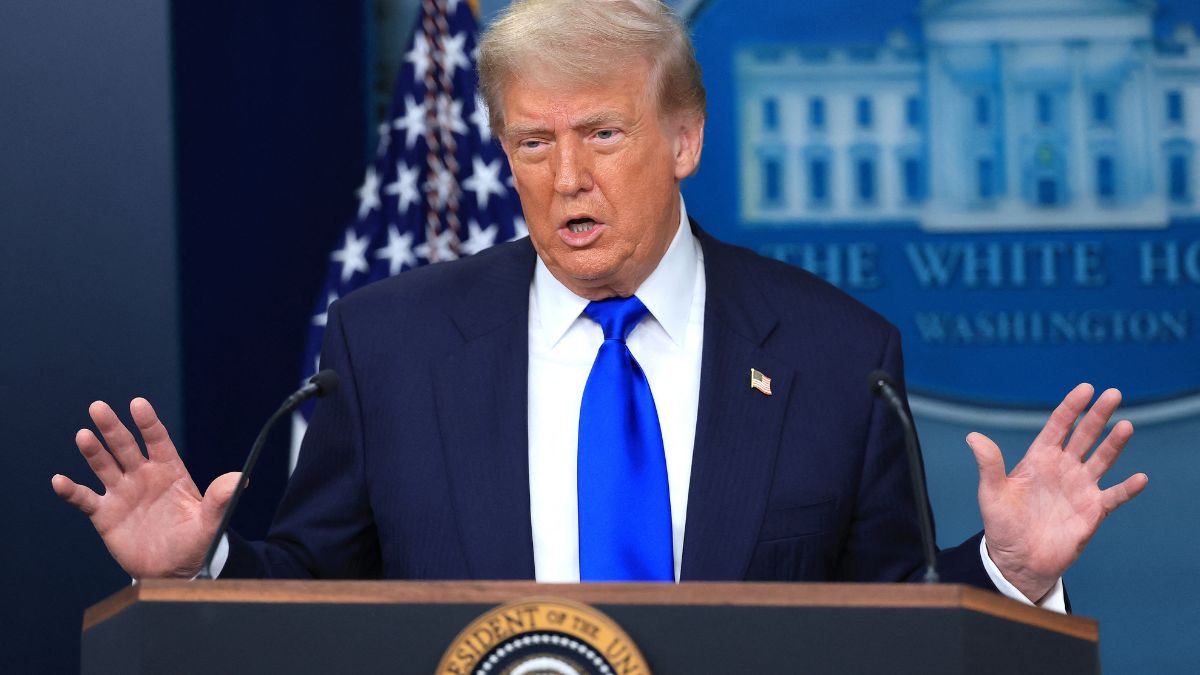Donald Trump’s recent strikes on Iranian nuclear facilities have once again triggered a familiar and deeply polarised debate: is the United States compulsively drawn to war?
The operation, billed as the largest B-2 stealth bomber deployment in history and involving over 125 aircraft and submarine-launched missiles, came despite Trump’s repeated promises to keep America out of foreign entanglements. Critics say the action illustrates a long-standing pattern in US foreign policy– where rhetoric about restraint consistently gives way to the use of force.
But defenders of the strikes argue that Trump’s hand was forced by the international obligations and security commitments that come with being a global superpower.
An empire built on interventions
From its inception to at least 2022, the United States has carried out nearly 400 military interventions worldwide– a number that has sharply accelerated in recent decades. According to a Congressional Research Service report, the US conducted 469 interventions between 1798 and 2022, with over 250 occurring after the Cold War ended in 1991. These have spanned nearly every region of the world, from Latin America to West Asia, and from Africa to the South Pacific.
Instead of receding after the Cold War, military action only intensified. The post-9/11 period is now regarded as one of the most militarily aggressive eras in US history, characterised by not only the wars in Afghanistan and Iraq, but also continuous drone strikes, special operations, and cyber offensives in countries like Yemen, Somalia, and Libya.
Far from signalling a retreat, America’s global military posture appears more entrenched than ever.
The structure that compels war
It’s possible that the roots of this behaviour go deeper than the ideology or personality of any particular president. The US operates over 750 military bases in 80 countries and is treaty-bound to defend more than 50 nations, including through alliances such as Nato, ANZUS, and bilateral pacts with countries like Japan, South Korea, and the Philippines.
This sprawling network of obligations and strategic interests creates what some experts describe as a structural bias toward intervention. In effect, the US is constantly at risk of being pulled into conflicts on terms dictated by others.
Even Trump, whose “America First” campaign promised to end “endless wars,” escalated drone strikes during his first term, killed Iranian general Qasem Soleimani, and sent troops back to West Asia in moments of crisis.
Addiction or obligation?
To critics, this behaviour is not a coincidence but a pathology: a kind of compulsive warmongering disguised as leadership. They cite the uninterrupted line of US military campaigns from Korea and Vietnam to Grenada, Panama, Iraq, Afghanistan, Syria, and now, again, Iran.
Yet others argue that US military power remains the backbone of global security. As threats multiply from state and non-state actors, and as alliances such as Nato agree to increase defence spending to 5 per cent of GDP, they insist that America’s engagements abroad are less about aggression than deterrence.
Impact Shorts
More ShortsEither way, the question remains: Can the United States ever break its cycle of war, or is the machinery of global empire too deeply embedded to stop?
As Trump’s recent actions show, the pattern is likely to persist — whoever sits in the White House.
With inputs from agencies
)